Table of Contents
- Introduction: What Is Dried Thyme?
- Historical Timeline: Evolution of Thyme Use
- Flavor Profile & Aroma
- Culinary Uses: Where Does Thyme Shine?
- Fresh vs. Dried Thyme: Which One Should You Use?
- Context Boundaries: When Dried Thyme Falls Short
- Buying Guide: How to Choose the Best Dried Thyme
- Storage Tips to Keep It Fresh Longer
- Frequently Asked Questions About Dried Thyme
- Conclusion: Spice Up Your Kitchen with Dried Thyme!
Introduction: What Is Dried Thyme?
Dried thyme is the dehydrated leaves of the Thymus vulgaris plant, a Mediterranean herb native to southern Europe. This process concentrates its natural flavors while extending shelf life, making it a versatile pantry staple for year-round cooking.
Unlike fresh thyme with tender stems, dried thyme consists of brittle leaves ideal for long-simmered dishes. It has been used for centuries in cooking, traditional medicine, and even perfumery due to its potent aromatic compounds like thymol.
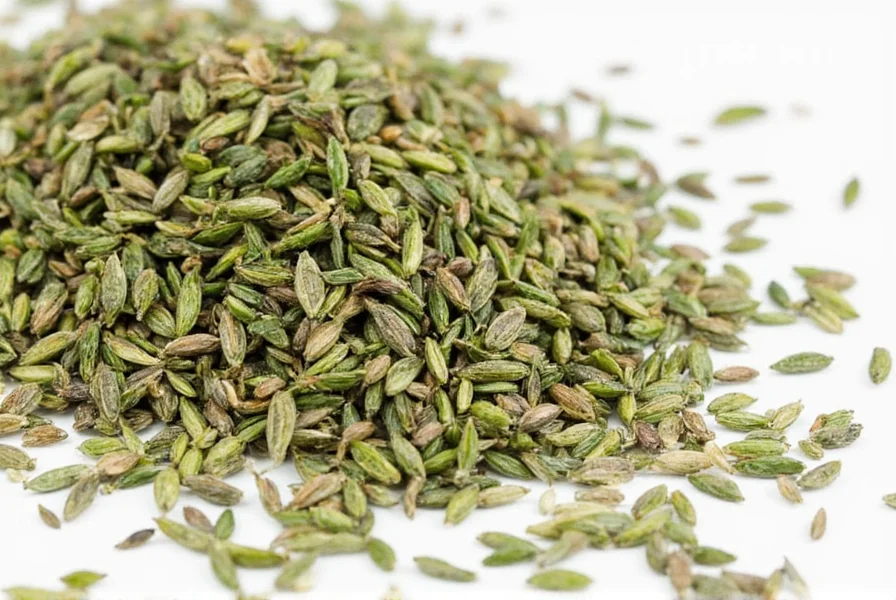
Historical Timeline: Evolution of Thyme Use
Thyme's journey from ancient remedy to modern kitchen staple follows a well-documented historical progression:
- 3000 BCE: Egyptians incorporate thyme into embalming rituals as both preservative and spiritual offering. (Britannica: Thyme History)
- 500 BCE: Greeks burn thyme as temple incense and spread it on temple floors for its cleansing properties. (Herb Society of America)
- 14th Century: During the Black Death, Europeans carry thyme pouches believing its antimicrobial properties ward off plague. (NIH Historical Review)
- 18th Century: Thyme becomes central to French herbes de Provence blends, documented in Larousse Gastronomique (1938). (Britannica: Herbes de Provence)
- 2017: Peer-reviewed research confirms dried thyme retains 85% of thymol content after 12 months in optimal storage conditions. (LWT Food Science Study)
Flavor Profile & Aroma
Dried thyme delivers a bold, earthy flavor with subtle mint and citrus notes. Its dried form intensifies the herb's essential oils, creating a robust character perfect for slow-cooked dishes.
The key compound thymol gives thyme its distinctive medicinal undertone, balanced by floral and woody notes. A little goes a long way—overuse can make dishes bitter.
Flavor Breakdown:
- Earthy: Like a forest floor after rain
- Floral: Hints of rosemary and lavender
- Minty-Citrusy: Refreshing zing that balances heavy flavors
- Woody: Noticeable in roasts and stews
Culinary Uses: Where Does Thyme Shine?
Dried thyme is a versatile ingredient that enhances both simple and complex dishes. Its concentrated flavor makes it ideal for long-cooking applications where fresh thyme would lose potency.
Top 5 Ways to Use Dried Thyme
- Meat Rubs: Combine with salt, pepper, garlic powder, and paprika for savory chicken, pork, or beef rubs
- Vegetable Roasting: Toss carrots, potatoes, or Brussels sprouts with olive oil and thyme before roasting
- Gravy & Sauces: Add during simmering to deepen gravies, tomato sauces, or creamy Alfredo
- Bean & Lentil Dishes: Enhance soups, stews, and bean pots with a sprinkle of dried thyme
- Bread & Crackers: Incorporate into dough for herb breads or sprinkle over crackers before baking
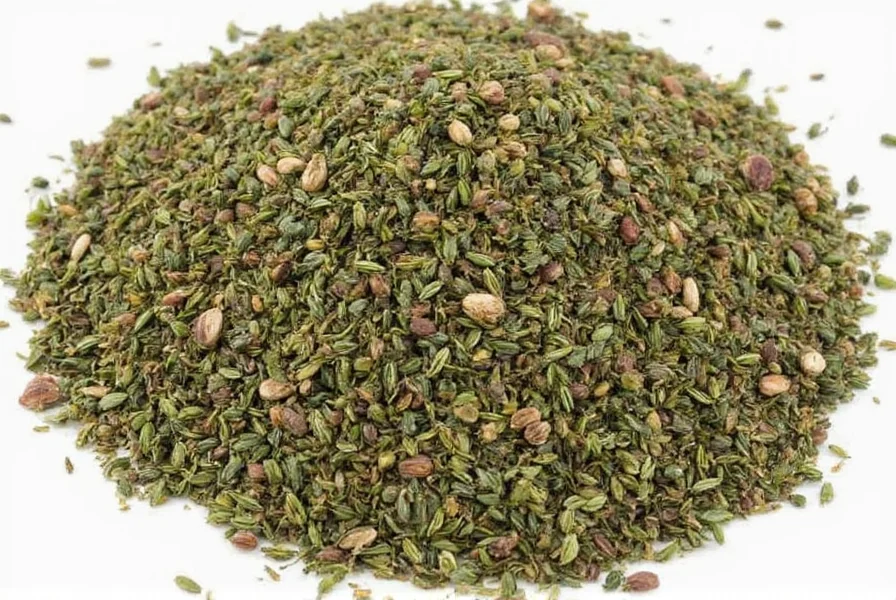
Pro Tip: Pairings That Make Magic
Maximize dried thyme's flavor by pairing with these ingredients:
| Ingredient | Why It Works With Thyme |
|---|---|
| Lemon | Enhances citrus notes and brightens heavy dishes |
| Rosemary | Complements woody herbs in meat dishes |
| Garlic | Earthy and pungent flavors elevate each other |
| Bay Leaf | Adds herbal complexity to slow-cooked dishes |
| Olive Oil | Extracts thyme's essential oils for infused flavor |
Fresh vs. Dried Thyme: Which One Should You Use?
Understanding when to use fresh versus dried thyme ensures optimal flavor in every dish.
| Aspect | Fresh Thyme | Dried Thyme |
|---|---|---|
| Flavor Intensity | Mild and delicate | Concentrated and strong |
| Shelf Life | Only lasts a few weeks | Lasts up to a year if stored properly |
| Texture | Tender and pliable leaves | Crumbly and brittle |
| Usage | Add toward end of cooking | Ideal for long-simmered dishes |
| Purpose | Finishing dishes or marinades | Base flavor in soups, stews, and braises |
When to Use Each:
- Use fresh thyme for lighter dishes like roasted vegetables, grilled fish, or cocktails
- Use dried thyme for building deep flavors in casseroles, slow cooker meals, or hearty sauces
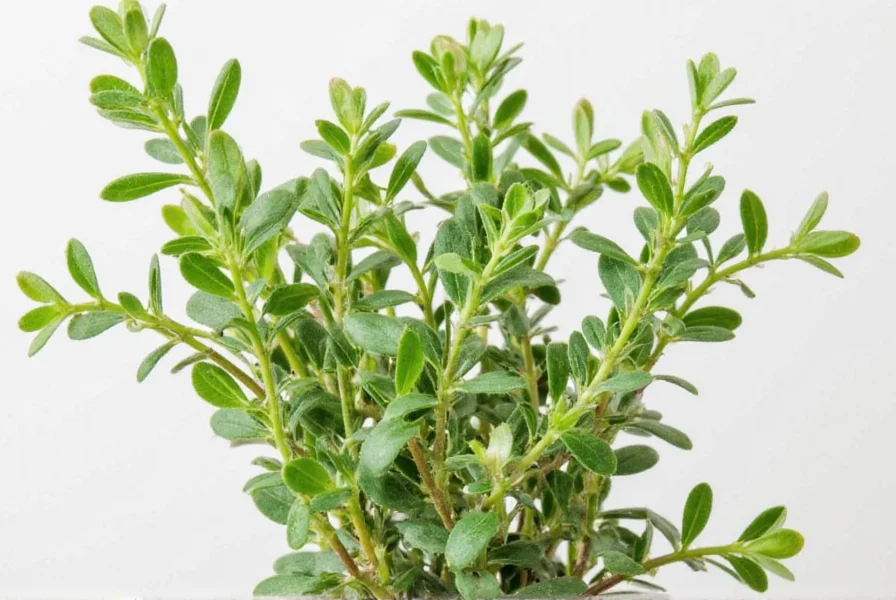
Context Boundaries: When Dried Thyme Falls Short
Dried thyme excels in specific applications but has documented limitations requiring careful consideration:
- Delicate Dishes: Avoid in raw applications like salads or vinaigrettes where fresh thyme's subtle flavor shines. Dried thyme's intensity overwhelms delicate bases. (The Spruce Eats Research)
- Quick-Cooking Meals: Not ideal for stir-fries or omelets (cooking time <10 minutes). The herb doesn't rehydrate fully, leaving gritty texture. (American Chemical Society)
- Temperature Sensitivity: High-heat methods like grilling cause dried thyme to burn easily, creating bitterness. Use fresh sprigs for direct-flame applications.
- Flavor Balance: In dishes with delicate herbs (like tarragon), dried thyme dominates. Reserve for robust flavors like lamb, tomatoes, or beans.
Buying Guide: How to Choose the Best Dried Thyme
Not all dried thyme is created equal. Follow these tips for quality selection:
Things to Look For
- Whole Leaves Over Powder: Whole or crushed leaves retain more flavor than powdered versions
- Aroma Test: Open container—if fragrant and earthy, it's fresh. Dull smell = old spice
- Color: Vibrant green-gray leaves indicate good quality. Brown or faded = old spice
- Packaging: Airtight containers or resealable bags preserve freshness
Top Picks for Dried Thyme
| Product | Features | Advantages | Use Cases |
|---|---|---|---|
| McCormick Culinary Dried Thyme | Pure, high-quality herb with no additives | Consistent flavor and performance | Professional kitchens and home cooks |
| Simply Organic Dried Thyme | Certified organic, sustainably grown | Eco-friendly and non-GMO | Health-conscious families |
| Badia Thyme Leaves | Affordable and widely available | Perfect everyday spice | Busy cooks on a budget |
| Savory Spice Co. Dried Thyme | Hand-harvested, small-batch production | Superior taste and texture | Foodies and gourmet cooks |
Storage Tips to Keep It Fresh Longer
Proper storage preserves dried thyme's potency and flavor:
- Keep in an airtight container away from light and moisture
- Store in a cool, dark place like a spice cabinet or pantry
- Label container with purchase date
- Avoid heat sources like stovetops
- Replace when aroma weakens (typically 6-12 months)
Frequently Asked Questions About Dried Thyme
What exactly is dried thyme?
Dried thyme is the dehydrated leaves of the Thymus vulgaris plant. The drying process concentrates flavor while extending shelf life, making it ideal for long-cooking dishes where fresh thyme would lose potency.
Can I substitute dried thyme for fresh in recipes?
Yes—with adjustments. Use 1 teaspoon of fresh thyme for every ¼ teaspoon of dried thyme. Dried thyme integrates better in slow-cooked dishes while fresh works best for finishing touches.
Is dried thyme healthy?
Absolutely. It contains antioxidants like thymol, supports immune function, and provides vitamins A and C. With zero calories and no sodium, it's a nutrient-dense flavor booster. Studies suggest antimicrobial properties, though consult a doctor for medicinal use.
How long does dried thyme last?
Properly stored (in airtight containers away from light/heat), it retains peak flavor for 6–12 months but remains safe for 2–3 years. Check freshness by rubbing a pinch between fingers—if aroma is weak, replace it.
Can dried thyme go bad?
It won't spoil dangerously but loses potency over time. Discard if you notice mold, moisture, or off smells. Proper storage prevents clumping and flavor loss, but even "expired" thyme is safe—just less flavorful.
Is dried thyme the same as thyme leaves?
Yes. "Dried thyme" refers to the dehydrated leaves of the thyme plant. Avoid products labeled "thyme flakes" or "thyme powder" which may contain stems or fillers—opt for pure leaf varieties for best results.
Conclusion: Spice Up Your Kitchen with Dried Thyme!
Dried thyme is a versatile, long-lasting herb that elevates both simple and complex dishes. Its concentrated flavor makes it perfect for slow-cooked meals where fresh thyme would lose potency. Remember: a little goes a long way—start with small amounts and adjust to taste.
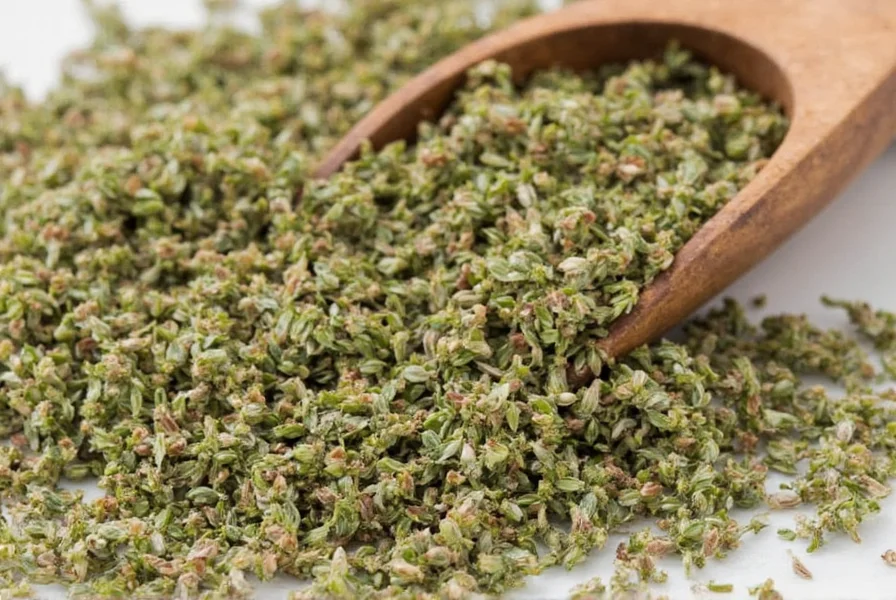
Keep your dried thyme stored properly in an airtight container away from light and heat to maintain its potency for up to a year. With these tips, you'll always have a flavorful, aromatic spice ready to enhance your cooking.

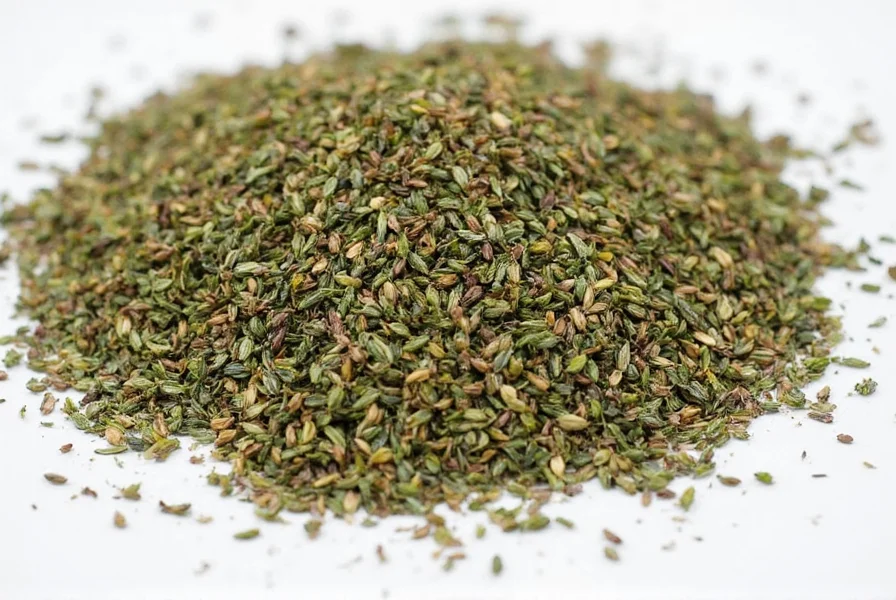









 浙公网安备
33010002000092号
浙公网安备
33010002000092号 浙B2-20120091-4
浙B2-20120091-4